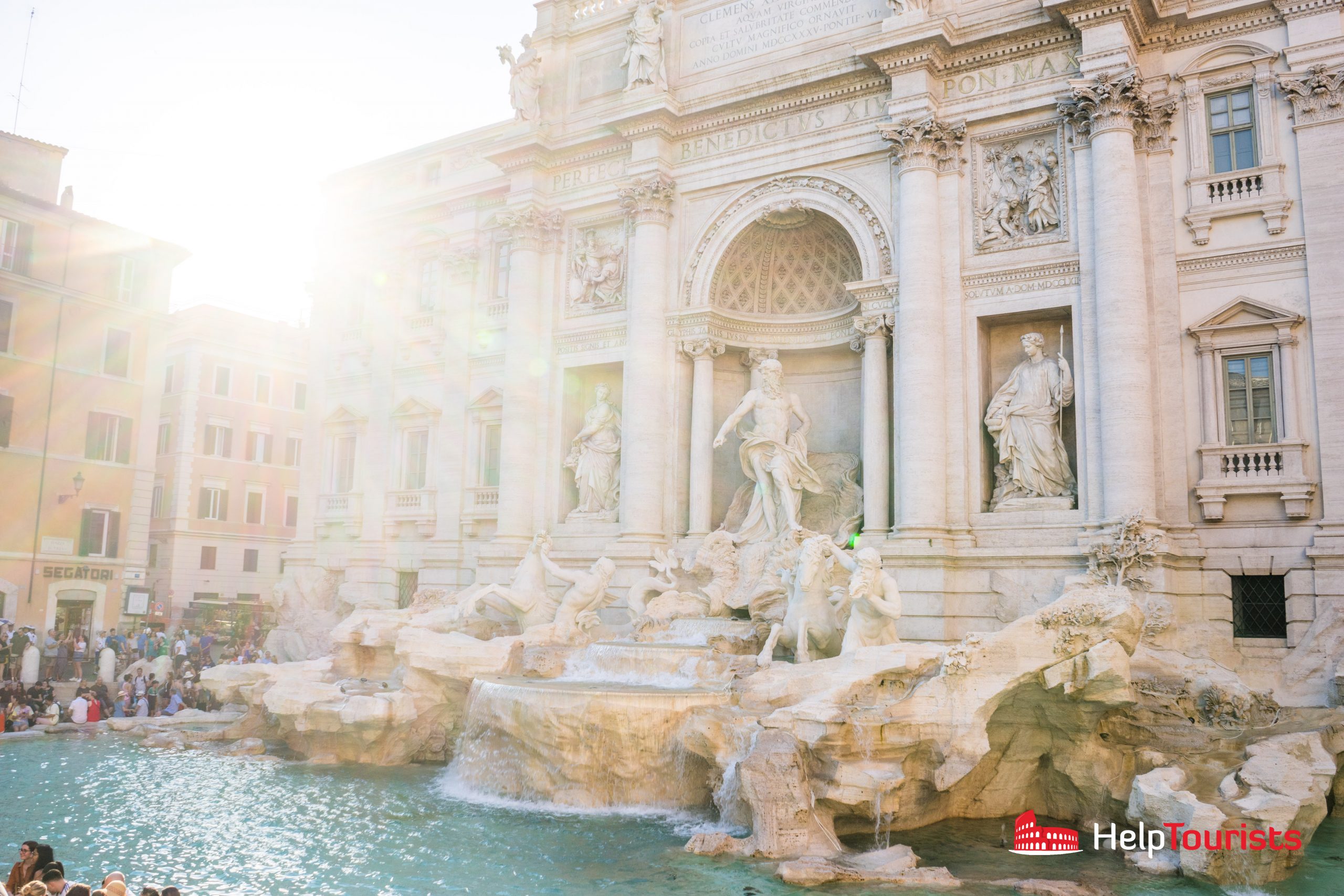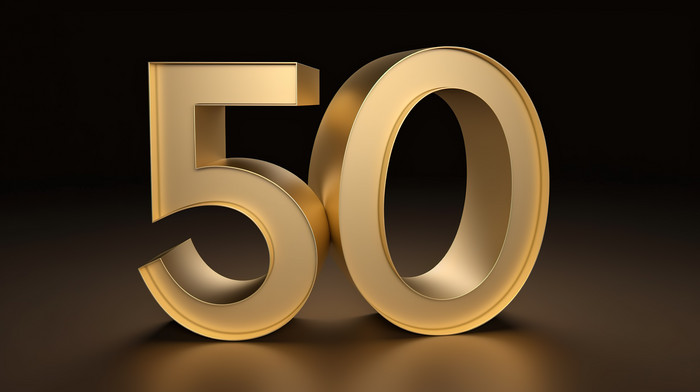Horses have captivated humanity for centuries, often regarded as noble creatures that embody elegance, strength, and speed. Their presence is not merely an image of grandeur but a fascinating amalgamation of biological marvels, symbolisms, and unique behaviors. Herein lies an extensive exploration of the cool facts about these magnificent animals that roam the earth with grace.
1. The Symphony of Speed: Equine Velocity
Horses are renowned for their extraordinary speed, capable of reaching astonishing velocities. The thoroughbred, favored in the steeplechase and flat racing, can sprint up to 40 miles per hour. Fascinatingly, this equine athlete can accelerate from 0 to 40 within a mere few strides, like a finely tuned race car on a straightaway. Their unique physiology, particularly their long limbs and powerful muscle structure, contributes to this remarkable capability.
2. A Pulmonary Powerhouse: Breathing Dynamics
The lungs of a horse are not just organs but instruments of endurance. Their respiratory system is highly specialized, allowing them to inhale and exhale with phenomenal efficiency. A horse can consume a staggering 25 gallons of air per minute during vigorous activity, akin to a balloon inflating rapidly. This capacity supports their stamina in long-distance races and rigorous tasks, making them true champions of endurance.
3. The Social Butterflies: Herd Dynamics
Horses are highly social beings, thriving within the dynamics of herds. These communities are structured hierarchically, often resembling a complex social tapestry. They bond with one another through grooming, a behavior that not only fosters closeness but also serves to remove pests and debris from their coats. This communal activity reflects their intrinsic need for companionship, making them analogous to beings who yearn for connection in a bustling world.
4. The Language of the Mundane: Non-Verbal Communication
Horses communicate predominantly through body language, employing subtle gestures and postures to express their emotions. A flick of the ear, a swish of the tail, or a shift in stance can convey a spectrum of feelings—from contentment to agitation. This rich lexicon of non-verbal cues is akin to a silent symphony, full of meaning yet often overlooked by the untrained eye.
5. Color Palette of the Wild: Diverse Coat Colors
The equine coat can be a canvas of myriad colors and patterns, ranging from the stalwart bays and chestnuts to the ethereal greys and palominos. Moreover, rare hues such as the striking Appaloosa’s mottled coat or the mesmerizing pinto’s patches create a visual spectacle that adds to their allure. Each coat tells a story of genetics and evolution, rendered in breathtaking diversity.
6. The Visionaries: Exceptional Eyesight
Horses possess large, expressive eyes positioned on the sides of their heads, granting them a panoramic view of their surroundings. This placement allows them to detect potential threats from various angles, a residual trait from their wild ancestors. Their ability to see nearly 360 degrees helps them evade predators, making their vision a paramount tool for survival.
7. The Grazing Machines: Unique Digestive Systems
A horse’s digestive system is a marvel of adaptation. With a single stomach and a lengthy intestinal tract, horses are designed to process fibrous plant material efficiently. Their grazing habits, consuming up to 20 hours per day, resemble that of meticulous artists diligently working on their craft. This constant intake not only nourishes them but plays a vital role in their overall health and well-being.
8. The Power of Sound: Aural Communication
Beyond their visual allure, horses are also averse to silence. They communicate vocally through whinnies, nickers, and neighs, each sound carrying nuanced meanings. A whinny, more pronounced and elongated, often denotes distress or an attempt to gain a companion’s attention. Their vocalizations add an element of vibrancy, contributing to a communal language that transcends mere spoken words.
9. The Anatomical Wonder: Hoof Structure
The structure of a horse’s hoof is an extraordinary feat of nature, functioning nearly as a complex piece of machinery. Comprised of multiple parts, including the hoof wall, sole, and frog, each component plays a crucial role in shock absorption and support. A horse’s hoof is akin to a finely engineered tire, designed to carry weight and absorb the impact encountered over varied terrains.
10. The Bonds of Loyalty: Human-Horse Relationships
From the Wild West to Olympic arenas, the bond between humans and horses is steeped in history. This relationship is marked by trust, mutual respect, and companionship. Horses can form deep emotional connections with their handlers, often recognizing them even after long separations. Their capacity for loyalty and understanding positions them as partners in both work and leisure, transforming the mundane into extraordinary experiences.
11. The Incredibly Intelligent Equines
Contrary to the stereotype of being mere beasts of burden, horses exhibit remarkable intelligence. They possess excellent problem-solving skills and can learn complex tasks through conditioning. Their cognitive abilities allow them to navigate through obstacles and remember routes, showcasing their mental agility. This intelligence evokes a deep respect, highlighting that these creatures transcend mere physical capability.
12. The Enigma of Senses: Smell and Taste
A horse’s sense of smell is finely tuned, capable of detecting scents over great distances. This acute olfactory sense plays a crucial role in their interaction with the environment, helping them identify food sources and potential threats. Touch, too, is significant; horses are sensitive to even the lightest pressure, which helps them communicate with humans and fellow equines.
In Conclusion: The Guardians of Grace and Power
Horses embody a remarkable blend of strength and beauty, making them both majestic companions and powerful allies. Their intriguing characteristics and rich history continue to pique the interest of individuals globally. As we observe their elegance and character, it becomes apparent that these creatures are more than mere animals; they are guardians of nature’s grace and symbols of the enduring bond between man and the wild.










